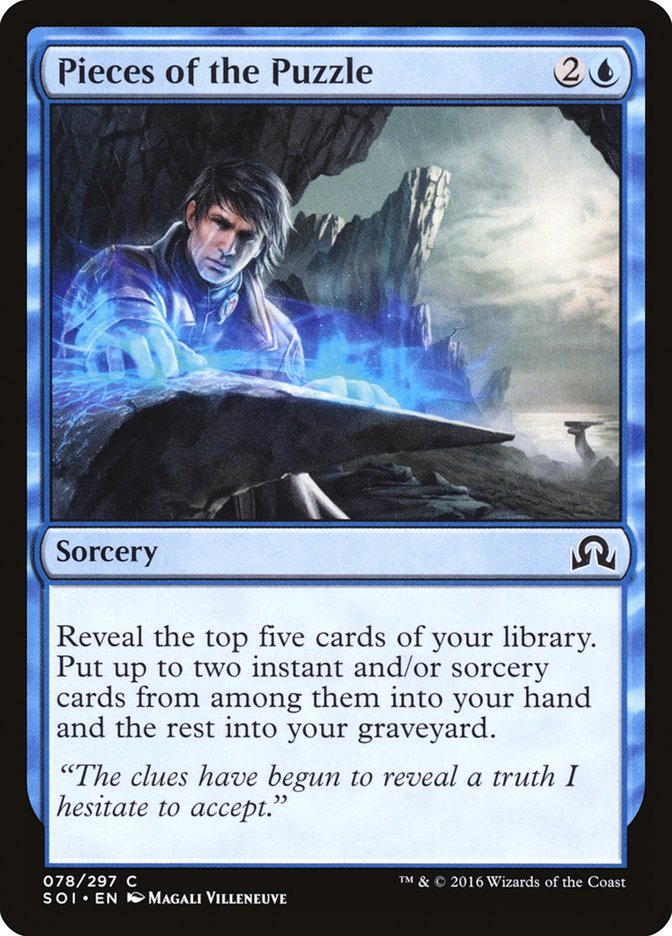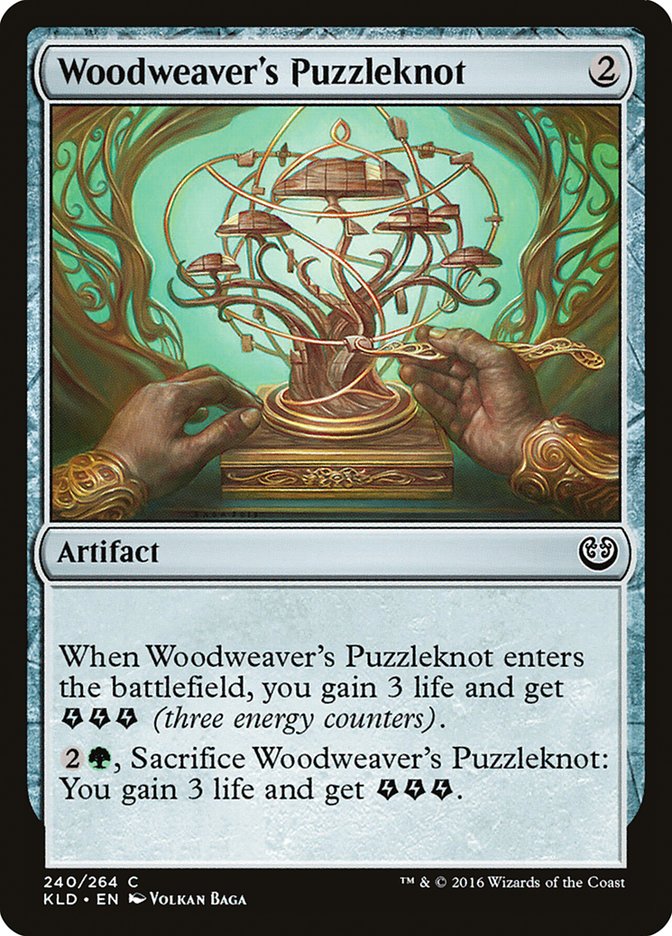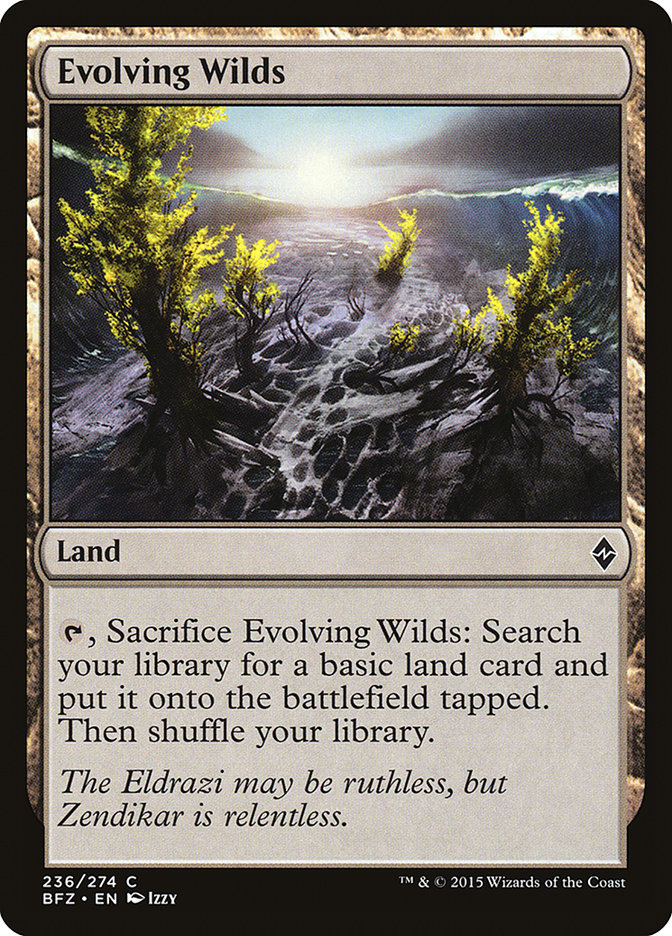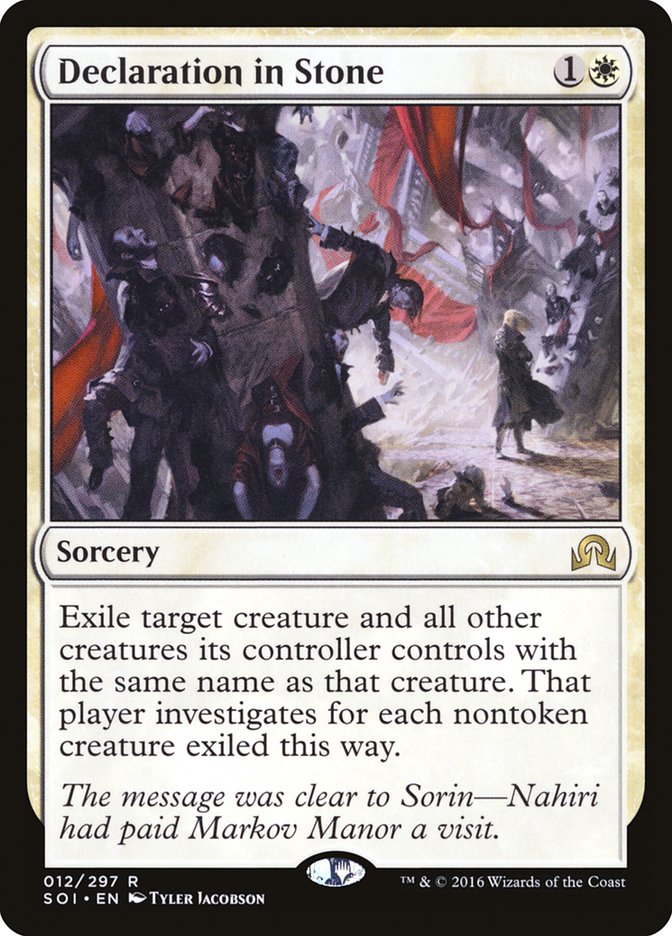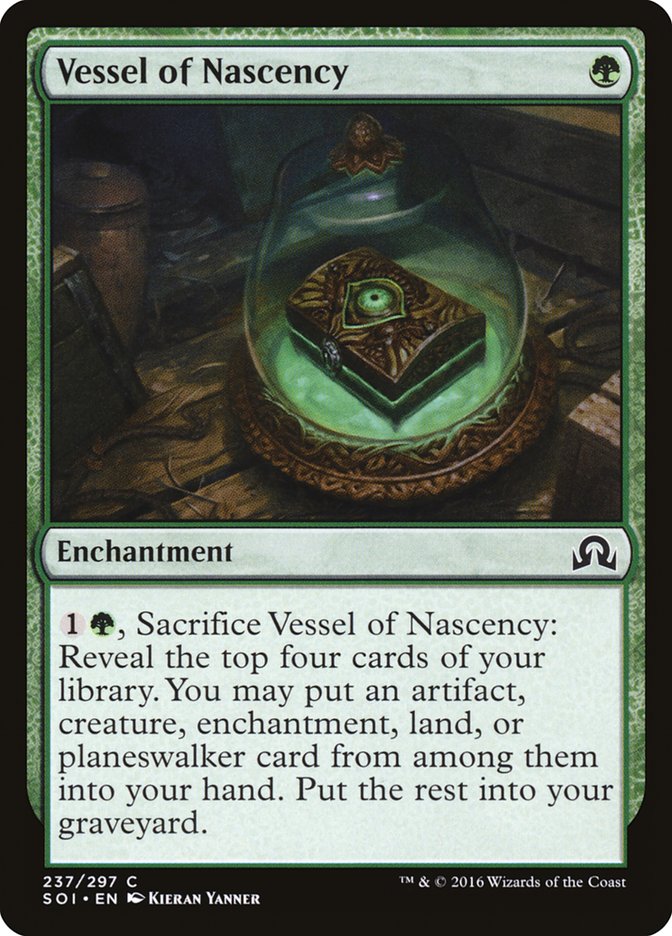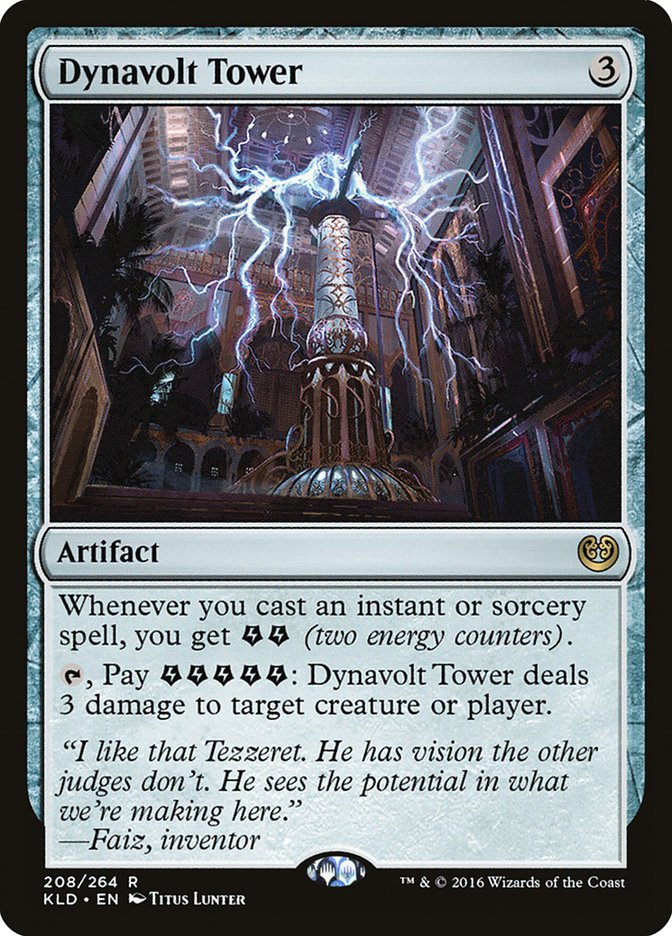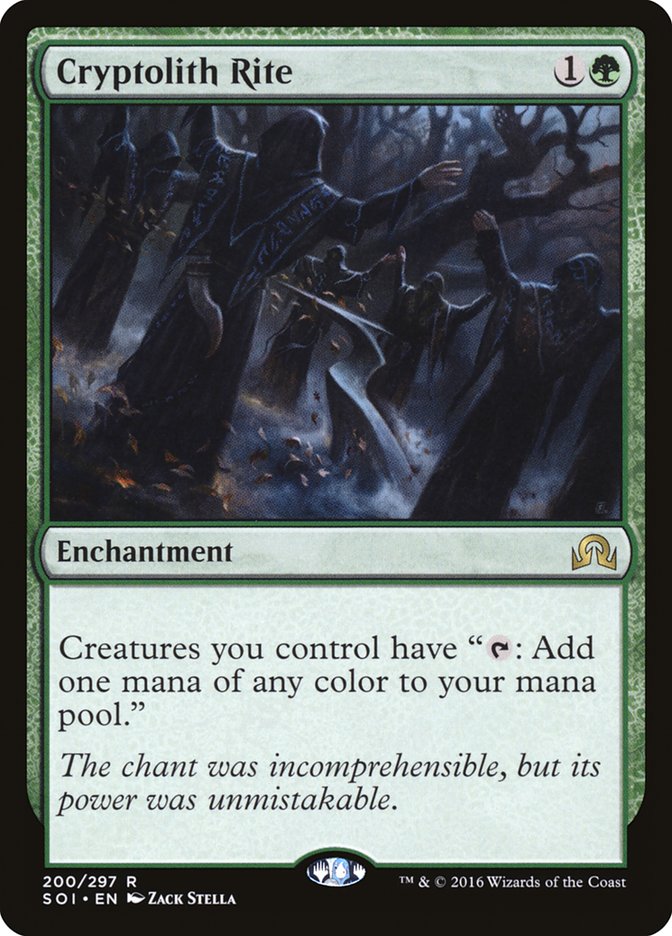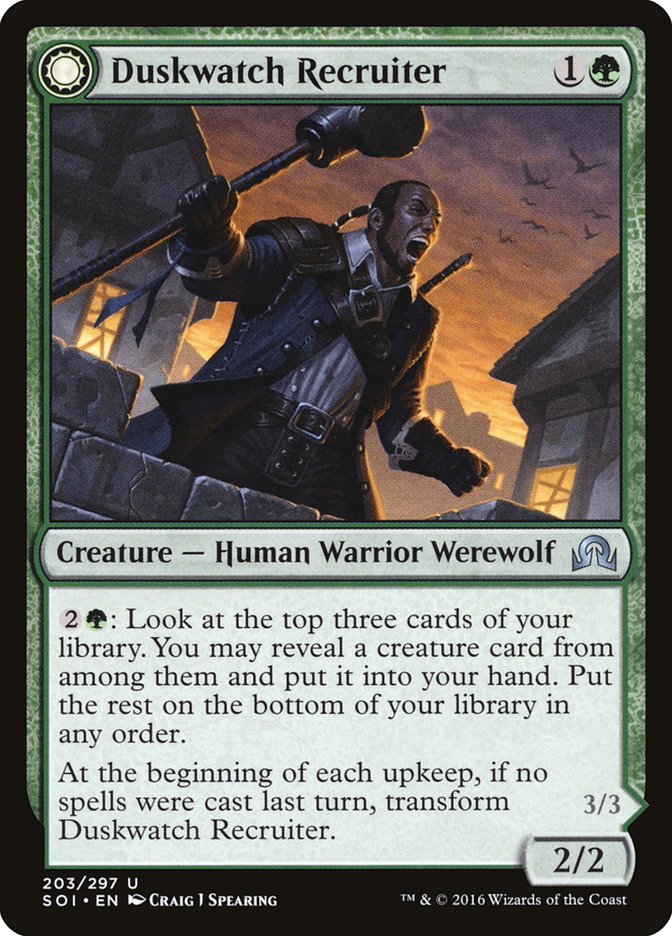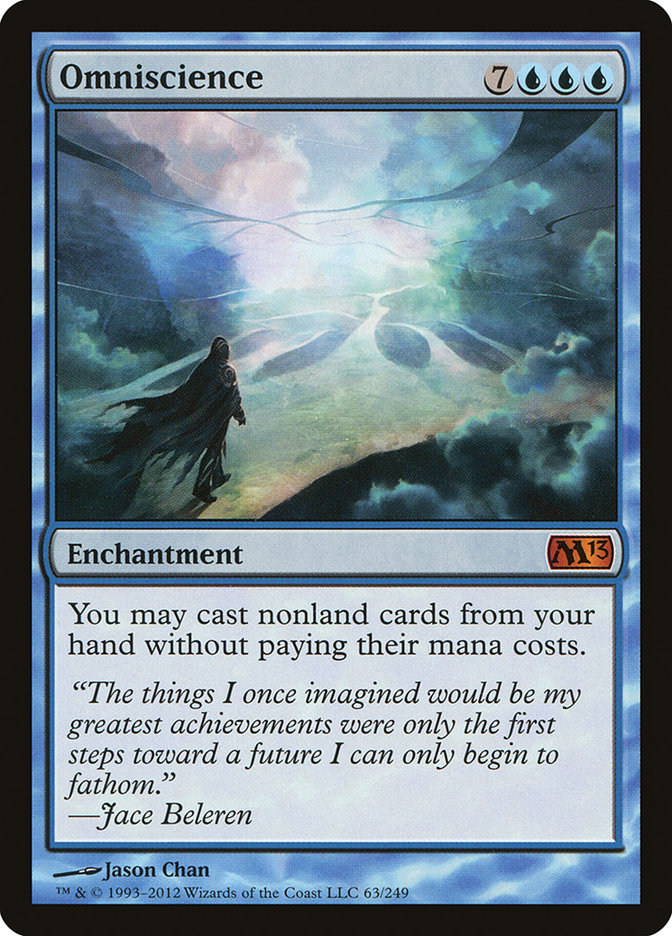This weekend is #SCGCOL and the excitement buzzing around the internet is palpable. Despite Wizards cutting back to a single rotation each year, their recent bannings of Smuggler’s Copter, Reflector Mage, and Emrakul, the Promised End have completely warped the format. Even without writing an entire article on the bannings, the effect of these cards being removed from the format cannot be understated, and it’s almost as if we get another crack at a brand-new format.
It’s business time.
For people who aren’t going to play in any tournaments for a few weeks, this is great! Almost every round of #SCGCOL is going to feature a unique pair of decks and provide some of the best entertainment in Magic. For those of us preparing for the tournament, it’s a different story.
How big will the Jeskai Saheeli combo deck be?
What sleepers from Aether Revolt are going to fly under the radar until they take the tournament by storm?
Are there any old cards that are much better without the aforementioned banned cards clogging everything up?
Deciding on which deck to play is tough on its own, but what about beating the cards other people bring to the table? It’s on each of us, as players, to draw what inferences we can based on the information that our opponents provide.
Picking Low-Hanging Fruit
A fair chunk of knowing how to beat an opponent is knowing what kinds of cards they’re playing in the first place. Very few people are going to see a Torrential Gearhulk and think that their opponent is playing an aggressive strategy, but if the opponent’s strategy doesn’t come together, what can you infer from the other cards the opponent is playing?
The short answer is that it isn’t always clear. Harnessed Lightning goes in aggro, combo, and control decks; Mindwrack Demon can be a great blocker in a midrange deck or a curve-topper in an aggro deck. These kinds of cards aren’t what you need to dedicate as much deductive reasoning towards.
All of these cards give some sort of tell as to the contents of the rest of the deck. I’ve written a decent amount on concealing information from the opponent, but deriving information from the cards that the opponent plays is nearly a different skillset entirely.
If an opponent casts Woodweaver’s Puzzleknot, they aren’t doing anything remotely fair. How can I tell?
Woodweaver’s Puzzleknot is an awful card in a vacuum. Lifegain is historically weak without something else being attached to it, and an energy producer without a way to use energy is also particularly useless.
All of that being said, Woodweaver’s Puzzleknot is very good at a few things:
- Woodweaver’s Puzzleknot provides a decent amount of breathing room against a deck that is attacking. Six life over the course of a couple of turns is likely to almost entirely undo a combat step or two.
- Woodweaver’s Puzzleknot makes a lot of energy. The most energy-hungry abilities require eight energy, and providing six from a single card gets a player most of the way there.
- Woodweaver’s Puzzleknot puts an artifact on the battlefield that is hard for the opponent to get off the table and doesn’t have an enormous opportunity cost to its caster. This is relevant for cards with artifacts-matter cost reduction abilities (Battle at the Bridge, Metalwork Colossus) and cards with artifact-count-matters abilities (Tezzeret the Schemer, Inventors’ Fair).
Part of growing as a Magic player is recognizing that a majority of one’s opponents aren’t idiots. The cards that are registered in their decks are registered for a reason. If your opponent elected to register Woodweaver’s Puzzleknot, it is because they want to buy time and abuse energy or artifacts-matter cards. The inefficient mana cost on the lifegain (compared to, say, Nourish) makes the latter two reasons more likely, and the card all the more intimidating, despite the lack of immediate impact it will have on the game.
Reaching a Bit Further
Cards in the vein of Woodweaver’s Puzzleknot tend to be so narrow that it’s relatively elementary to figure out what other cards the opponent has in their deck. So what happens when an opponent casts a card that seems a bit more evergreen?
Assuming that the opponent is only playing 60 cards or so, knowing what cards the opponent doesn’t have in their deck is almost as good as what cards are in their deck. Many cards that the opponent plays have the ability to not only say what other cards will be in their deck; they’ll say what cards aren’t in their deck.
Evolving Wilds has seen play in a large number of decks over the years, so this doesn’t always speak to what the opponent is playing; it says what archetypes they can’t be. Decks that play Evolving Wilds are:
- Multicolor
- Willing to play lands that enter the battlefield tapped
- Trying to turn on other mechanics by either sacrificing permanents (Revolt) or have cards in their graveyard (Delirium).
The first two options are both points that can be inverted to see the archetypes that aren’t going to play Evolving Wilds. Monocolored decks aren’t going to play Evolving Wilds, because a good chunk of the time that the pilot draws Evolving Wilds, they’re just going to wish that it was another copy of the basic land it would otherwise search for. Decks that need all of their lands to enter the battlefield untapped (read: Aggro and Tempo decks) are going to stay away from Evolving Wilds as well.
What cards the opponent isn’t playing tends to matter the most when sideboarding and figuring out what spells to play around.
Declaration in Stone tends to show up in aggressive decks and aggro-slanted midrange. Decks playing Declaration in Stone are trying to convert an on-battlefield advantage into a win before their opponents can win with the card(s) gained from the spell.
Narrowing down cards to different archetypes in tandem with one another makes it easier to know if you need to play around a card from the opponent. Is the opponent a Jeskai Control player that hopes to win through an overwhelming amount of card advantage? It’s unlike they’re going to play Declaration in Stone over Blessed Alliance, Stasis Snare, or less mana-efficient sweepers like Descend upon the Sinful.
Using Your Knowledge
After figuring out a bit about what the opponent is playing, what should you do with that information?
In a good number of situations, even if you can’t determine the exact contents of the opponent’s deck, just figuring out what kind of deck the opponent is playing will help dictate your play patterns throughout a game. The first few turns are generally going to be spent developing your own gameplan, but from there, a lot of what is going to be done will be with the opponent and their deck in mind.
A lot of games of Magic are won and lost on the back of understanding one’s role in the matchup, and that tends to be exacerbated in a sea of role-specific archetypes in Standard. Knowing whether an opponent is playing a control deck or an aggro deck will tell you how many removal spells to play around, how many creatures to run out onto the battlefield, and how highly one should value their land drops in a given matchup.
StarCityGames.com’s own Jadine Klomparens touched on the idea of cards being interchangeable based on their effect in her article Tuesday, and this just pushes that to the next point. If the opponent is playing an aggressive deck, it’s safe to assume they’re playing a higher density of one- and two-drop creatures than a creature-based midrange deck would be.
If the opponent is playing Vessel of Nascency, they’re likely playing a higher concentration of permanent cards. Without any other context, it is hard to guess what the other permanents could be, but it tells you that the number of spot-removal spells the opponent will be playing is lower than a player that doesn’t have to compensate for a permanent-specific cantrip.
On the other side of the coin, if the opponent has played a giant lightning screw, it’s going to be more beneficial to prioritize threats over removal spells when looting or resolving other card-selection effects. If the opponent is playing something that requires an action to be performed several times (“Whenever you cast a spell, do X”), they’re trying to prolong the game and get as much value out of their permanents as possible. The longer the games go, the more that Dynavolt Tower is going to do.
Drawing Parallels
Towards the end of a solved format, it becomes easier and easier to know all of the cards in the opponent’s deck. It’s not because of the decks getting any better or worse than they were at the beginning of the format. It’s because everybody has more chances to see the same decklist in the hands of a different person, with the same strategy, over and over and over for weeks at a time. Trying to duplicate that kind of repetition isn’t necessarily going to be doable with newer cards, but don’t just dump all of the old information you have and assume it obsolete.
Even when a format is brand new, older information is going to be applicable. If the opponent has Cryptolith Rite, they’re likely doing something unfair and playing Duskwatch Recruiter. Archangel Avacyn rarely leaves home without Selfless Spirit, and so on. Figuring out these kinds of synergies from within the new set will save a lot of mental energy in-game. Winding Constrictor will be accompanied by Rishkar, Peema Renegade, decks are likely going to overcompensate for the sake of Fatal Push, and Heart of Kiran plays so well with three-drop planeswalkers that it likely won’t go to bat without them.
I’ve said it once and I’ll say it again: your opponent isn’t an idiot. Mocking them for what cards they’re playing isn’t particularly productive. Instead of rolling your eyes at what may appear to be an inferior card choice, it’s more productive (and beneficial to your win-rate) to try to ascertain why that card is in the opponent’s deck.
Reaching Omniscience
Using all of these ideas in conjunction with one another isn’t always going to be a conscious effort, but once you start flexing those muscles, it becomes hard to separate them. At the end of the day, the information being presented and perceived is just posturing against or with the opponent. Using that information to your advantage is an entirely separate set of skills.
To practice learning what kinds of decks people are playing, try firing up some replays of tournament coverage with the sound turned off and the archetypes hidden. Sometimes it’s pretty easy to decipher what a player is doing (Dragon Hunter into Kytheon, Hero of Akros and Expedition Envoy, what could it be?), but earlier in older Standard formats, it is a nice mental exercise to try to decipher what the core strategies and goals of decks were.
When putting together what the opponent is trying to play, it can even create new pathways in your own deckbuilding. It becomes easier to spot synergies within a set when you are trying to prepare for as many as possible. Over time, it becomes more and more likely that you may even be the first person to spot something truly unbeatable.
I’ll be attending #SCGCOL this weekend. Make sure to come say hi and show off your best new brews for the upcoming Standard. Wizards has given us the gift of a new format in the middle of a stale one; taking advantage of it is the least that we can do.


